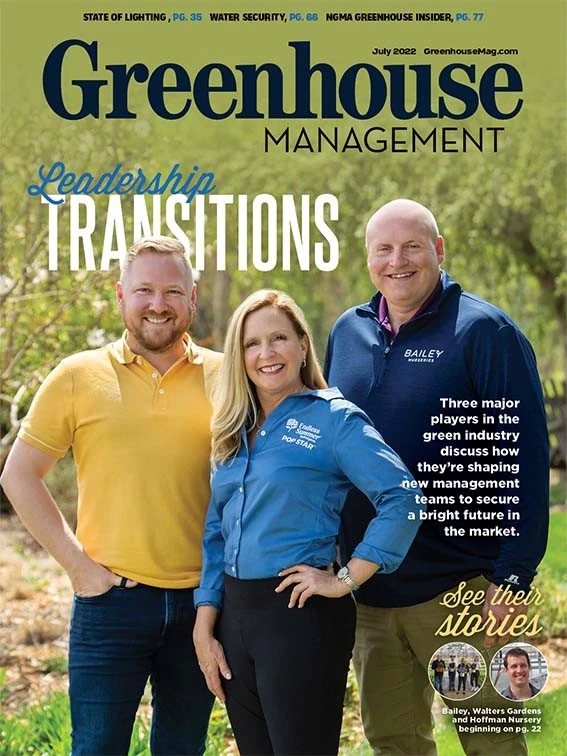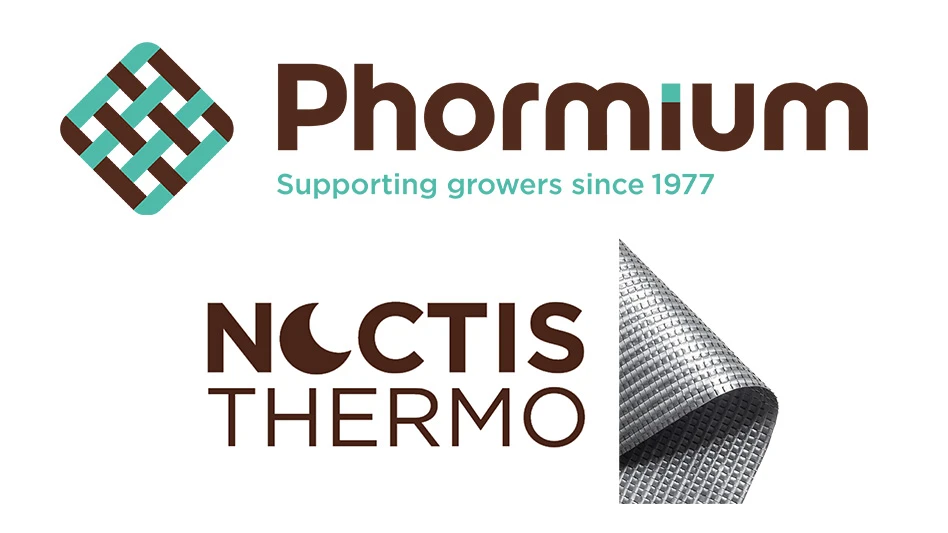

Whether it’s in the classroom, on social media or (even worse) via phone text, I field a multitude of consumer plant questions daily. Lately, I’ve noticed an interesting trend: when asking about choosing specific plants for both edible and ornamental gardens, many gardeners are specifically interested in which plants will improve soil quality. In fact, this question is often posed to me in tandem with questions about native plants.
Sure, in general, consumers have an interest in gardening with natives to help support the environment and local wildlife, but they are also still keenly focused on what those plants can do for them. Homeowners who may struggle with heavy or compacted soils or gardening under watering restrictions are picking up on the fact that certain plants can help them achieve healthier garden soil, without manually disturbing the soil structure. That got me thinking about which native plants we’re pushing, how we’re marketing them and where we might be missing key opportunities.
The down and dirty
While soil might seem like a static and unlimited resource, we lose about 24 billion tons of fertile soil every year to erosion. Given it takes about 500 years for one inch of topsoil to accumulate naturally, the math just doesn’t add up. With the human population growing, agricultural needs and habitat loss will also continue to grow. Tilling soil can be damaging. It not only mixes strata of soil, displacing microbes that live at different depths, but also loosens it in a way that makes it more easily eroded.
What’s in it for me?
Now, I realize that it’s tough to get the general consumer to care about soil erosion in general. But they do seem to care about the quality of soil in their landscapes, as it relates to performance of their ornamental plants, trees and edibles. Conserving water is also a fairly good motivator, as are plants that add nitrogen to the soil. The idea that plants can do the work of soil improvement, instead of elbow grease, also has meaningful consumer appeal. This is where offering and marketing specific native species able to naturally improve soil quality becomes an opportunity.

Runaway water
When you garden in a place with heavy compacted clay soils, combined with extended periods of drought and short periods of heavy rainfall (like I do in Dallas, Texas), soil quality becomes crucial to a healthy landscape and a vibrant garden. The clay soils resist water absorption, leading to obscene amounts of stormwater (and irrigation water) runoff. Runoff leads to water pollution, not to mention bigger irrigation bills and dead landscape plants. Creating rich, healthy landscape soil can take many years and a lot of hard labor. The idea of planting specific native species that, using their deep root systems and relationships with beneficial microbes and mycorrhizae, can do that work for me seems like a win/win.
Ugly ducklings
Then there are the aesthetics. This is often one of our biggest obstacles when it comes to moving native plants once they hit the retail market. We all know that many native plants don’t show well in nursery containers. Most don’t come with the wow factor garden center shoppers are expecting to see on the tables. Native perennial grasses sometimes look downright sad and scraggly in pots, especially early in the season. Even though homeowners want to do the right thing by planting a more eco-conscious garden, they will need some convincing about specific plant benefits before they choose a less-than-showy native perennial or shrub over a lush green exotic holly that provides instant gratification. If you can expand your marketing beyond birds and pollinators in order to offer direct consumer benefits such as soil restoration and water holding capacity, it just might be enough to get consumers over any initial negative aesthetic impressions.
Keep it real
That said, when marketing specific benefits of natives, it’s important to not make sweeping inaccurate generalizations that equate to greenwashing. To say that all native plants have deeper and more expansive root systems is not accurate. Some of our native plants do have impressive deep root systems that break up soil and improve water retention capacity; but there are plenty of shallow-rooted natives as well.
For example, it may be more accurate to say that some plants native to the Midwestern part of the United States have deep root systems, especially certain species of grasses, and that can increase the soil’s capacity to hold water. It’s also not accurate to say that all native plants more effectively mitigate stormwater runoff than exotics or are innately drought-tolerant — again, that depends on the species’ root system and other water storing structures (or lack thereof). And when it comes down to it, every plant is native somewhere; so, you really can’t equate the size of a plant’s root system to it simply being considered a “native.” Drop the generalizations and get specific about the authentic benefits each native species has to offer.
As we hit the hottest part of the summer — a time of intense, extreme weather and drought for many parts of the country — offering and marketing specific native species for soil restoration seems like a wise move.

Explore the July 2022 Issue
Check out more from this issue and find your next story to read.
Latest from Greenhouse Management
- This month's Greenhouse Management magazine is about native plants and sustainability
- The HC Companies, Classic Home & Garden merge as Growscape
- Terra Nova releases new echinacea variety, 'Fringe Festival'
- Eason Horticultural Resources will now officially be known as EHR
- BioWorks receives EPA approval for new biological insecticide for thrips, aphids, whiteflies
- ScottsMiracle-Gro transfers cannabis subsidiary to focus on core lawn and garden business
- Should we start calling natives 'eco-beneficial plants'?
- Ellen Mackenbach-Lakeman appointed new CEO of Dümmen Orange





